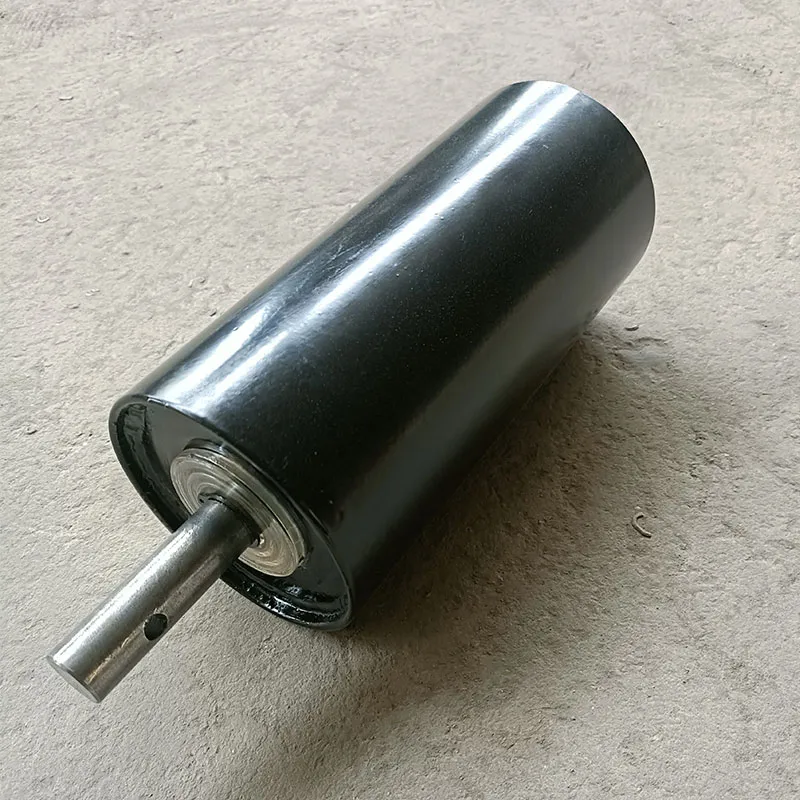 Afrikaans
Afrikaans  Albanian
Albanian  Amharic
Amharic  Arabic
Arabic  Armenian
Armenian  Azerbaijani
Azerbaijani  Basque
Basque  Belarusian
Belarusian  Bengali
Bengali  Bosnian
Bosnian  Bulgarian
Bulgarian  Catalan
Catalan  Cebuano
Cebuano  Corsican
Corsican  Croatian
Croatian  Czech
Czech  Danish
Danish  Dutch
Dutch  English
English  Esperanto
Esperanto  Estonian
Estonian  Finnish
Finnish  French
French  Frisian
Frisian  Galician
Galician  Georgian
Georgian  German
German  Greek
Greek  Gujarati
Gujarati  Haitian Creole
Haitian Creole  hausa
hausa  hawaiian
hawaiian  Hebrew
Hebrew  Hindi
Hindi  Miao
Miao  Hungarian
Hungarian  Icelandic
Icelandic  igbo
igbo  Indonesian
Indonesian  irish
irish  Italian
Italian  Japanese
Japanese  Javanese
Javanese  Kannada
Kannada  kazakh
kazakh  Khmer
Khmer  Rwandese
Rwandese  Korean
Korean  Kurdish
Kurdish  Kyrgyz
Kyrgyz  Lao
Lao  Latin
Latin  Latvian
Latvian  Lithuanian
Lithuanian  Luxembourgish
Luxembourgish  Macedonian
Macedonian  Malgashi
Malgashi  Malay
Malay  Malayalam
Malayalam  Maltese
Maltese  Maori
Maori  Marathi
Marathi  Mongolian
Mongolian  Myanmar
Myanmar  Nepali
Nepali  Norwegian
Norwegian  Norwegian
Norwegian  Occitan
Occitan  Pashto
Pashto  Persian
Persian  Polish
Polish  Portuguese
Portuguese  Punjabi
Punjabi  Romanian
Romanian  Russian
Russian  Samoan
Samoan  Scottish Gaelic
Scottish Gaelic  Serbian
Serbian  Sesotho
Sesotho  Shona
Shona  Sindhi
Sindhi  Sinhala
Sinhala  Slovak
Slovak  Slovenian
Slovenian  Somali
Somali  Spanish
Spanish  Sundanese
Sundanese  Swahili
Swahili  Swedish
Swedish  Tagalog
Tagalog  Tajik
Tajik  Tamil
Tamil  Tatar
Tatar  Telugu
Telugu  Thai
Thai  Turkish
Turkish  Turkmen
Turkmen  Ukrainian
Ukrainian  Urdu
Urdu  Uighur
Uighur  Uzbek
Uzbek  Vietnamese
Vietnamese  Welsh
Welsh  Bantu
Bantu  Yiddish
Yiddish  Yoruba
Yoruba  Zulu
Zulu Understanding the Relationship Between Driven and Driver Pulleys in Mechanical Systems
Understanding Driven Pulley and Driver Pulley Key Components in Mechanical Systems
In mechanical engineering and various applications involving machinery, pulleys play a critical role in transmitting power and motion. Two primary components in this system are the driver pulley and the driven pulley, each serving a distinct purpose. This article will explore their functionalities, interactions, and significance in machines.
What are Pulleys?
Pulleys are simple machines consisting of a wheel on an axle designed to support movement and change the direction of force. They are commonly used in systems that require lifting heavy loads, reducing the effort needed to move objects, or controlling the speed of movement. Pulleys can be classified into different types, including fixed, movable, and compound pulleys, depending on their configuration and function.
The Driver Pulley
The driver pulley, often referred to as the driving pulley, is the component that provides the input power to the system. It is connected to a power source, such as an electric motor or an internal combustion engine. When the driver pulley spins, it creates movement in the connected belt or rope. The rotation of the driver pulley is essential for the system to function, as it initiates the process of motion transmission.
The Driven Pulley
In contrast, the driven pulley, also known as the driven wheel, transmits the power it receives from the driver pulley to another part of the system. This can involve driving a load, such as a conveyor belt, a flywheel, or other mechanical devices. The driven pulley’s rotation speed can differ from that of the driver pulley, depending on the size of the pulleys and the system's design. Often, the driven pulley has a different diameter than the driver pulley, which results in a change in the speed or torque of the output.
driven pulley and driver pulley

The Interaction between Driver and Driven Pulleys
The relationship between driver and driven pulleys is crucial for the overall efficiency and functionality of a mechanical system. When the driver pulley rotates, it moves the belt or rope that connects it to the driven pulley. The tension in the belt helps maintain the transfer of motion and forces between the two pulleys. This connection allows for the adjustment of speed ratios, as engineers can select pulley sizes to achieve the desired performance parameters.
For instance, if the driver pulley is larger than the driven pulley, the system will increase speed but decrease torque. Conversely, if the driven pulley is larger, the system will decrease speed while increasing torque. This feature is particularly beneficial in applications requiring precise control over movement, such as conveyor systems and industrial machinery.
Applications of Driver and Driven Pulleys
The combination of driver and driven pulleys can be found in various applications across industries. From elevators and cranes to automotive engines and manufacturing equipment, these components are integral to systems requiring efficient power transmission. Their design and arrangement can significantly influence a machine’s performance and energy consumption.
Conclusion
In summary, the driver pulley and driven pulley are fundamental components of mechanical systems, playing pivotal roles in motion transmission and power efficiency. Understanding their functionalities and interactions is essential for engineers and technicians working with machinery, as this knowledge directly impacts the design, operation, and maintenance of complex mechanical systems. By optimizing these elements, one can greatly enhance the performance and reliability of various machines.
-
Revolutionizing Conveyor Reliability with Advanced Rubber Lagging PulleysNewsJul.22,2025
-
Powering Precision and Durability with Expert Manufacturers of Conveyor ComponentsNewsJul.22,2025
-
Optimizing Conveyor Systems with Advanced Conveyor AccessoriesNewsJul.22,2025
-
Maximize Conveyor Efficiency with Quality Conveyor Idler PulleysNewsJul.22,2025
-
Future-Proof Your Conveyor System with High-Performance Polyurethane RollerNewsJul.22,2025
-
Driving Efficiency Forward with Quality Idlers and RollersNewsJul.22,2025





























